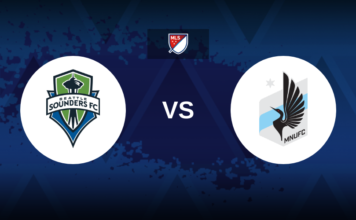There is a huge contrast between the spending frenzy in the Premier League and Serie A.
During the January transfer window last year, EPL clubs committed over 800 million Euros, whereas Serie A clubs spent a mere 33 million Euros combined. This disparity raises questions about the financial health of Italian football and the underlying reasons behind its inability to compete in the transfer market.
Juventus, historically a major player in Serie A’s transfer market, refrained from making any signings this January amidst investigations into the club’s financial dealings. The repercussions of alleged revenue mismanagement have sent ripples of caution throughout the league, with clubs hesitant to engage in cross-transactions and resorting to cash-only deals.
Financial struggles plague many Serie A clubs, with Inter Milan burdened by a 275 million Euro loan repayment and an exorbitant 12 percent interest rate. Other clubs, like Roma and Sampdoria, are grappling with stringent financial fair play regulations imposed by UEFA. Verona, among several clubs up for sale, faces uncertainty, while Spezia stands out as one of the few clubs willing to spend, albeit modestly, following the sale of a player to Arsenal.
Spezia’s strategic approach, focusing on buy-low to sell-high deals, highlights the league’s reliance on player trading amidst stagnant revenue growth.
The departure of key players like Weston McKennie and Milan Skriniar further underscores Serie A’s struggle to retain talent, especially when competing with clubs from wealthier leagues like the Premier League.
Gian Gaetano Bellavia, an economist and legal expert, sheds light on the broader financial challenges facing Italian football, citing staggering debts and the urgent need for stadium development and external support. Despite rejecting significant private equity investment previously, Serie A now faces pressure to seek outside assistance to address its financial woes and unlock its business potential.
The league’s international rights, considered undervalued by US investors, present an opportunity for revenue growth, but Serie A must first navigate governance issues and enhance its business strategy to attract investment and retain its competitive edge.
In conclusion, Serie A’s financial struggles and transfer woes reflect deeper systemic issues within Italian football. While the league faces significant challenges, there is potential for growth and revitalization through strategic partnerships and innovative business initiatives. However, without decisive action, Serie A risks falling further behind its European counterparts, perpetuating a cycle of financial instability and underperformance.







